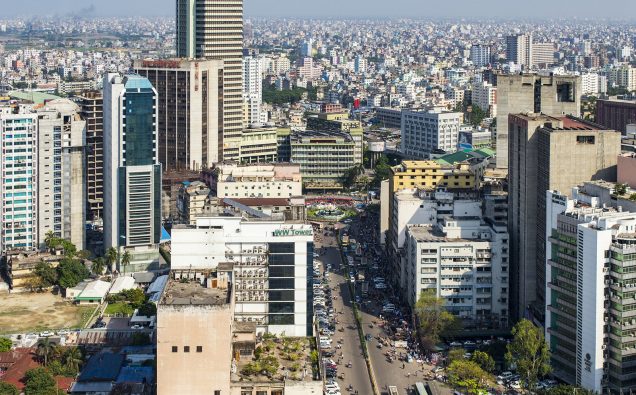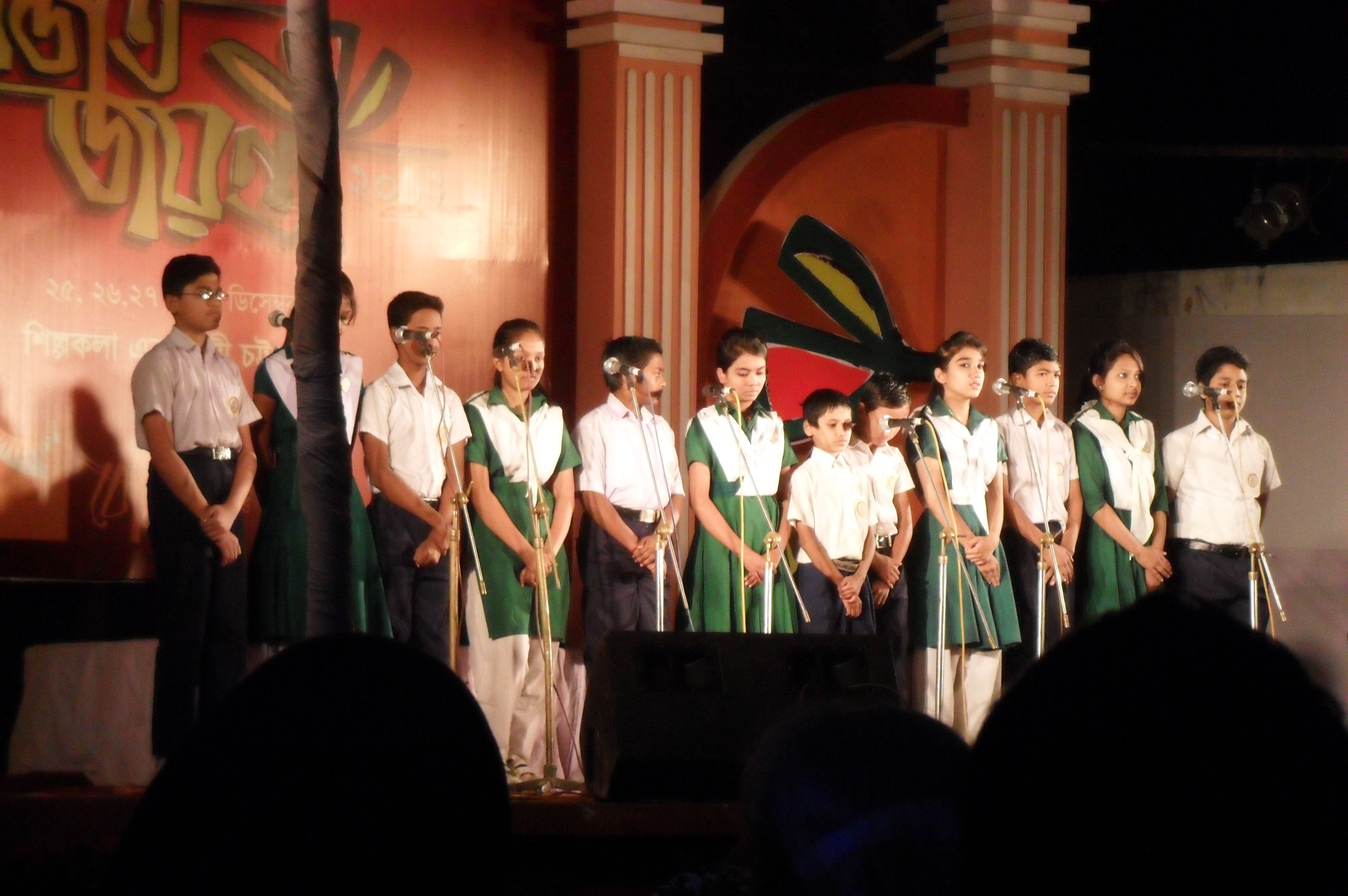
Dhaka, the capital Photo: ASaber91/Wikimedia Commons
During much of the period before 1971, policymakers generally considered baby boom and natural disasters like cyclones and floods in the then East Pakistan and now Bangladesh as the major factor responsible for the country’s economic slowdown.
It was considered one of the poorest regions of Pakistan affected by poverty and famine.
But now there is a sea change in the making in Bangladesh located on the confluence of South and South East Asian regions.
Now, according to a World Economic Forum study, Bangladesh has become one of Asia’s most remarkable and unexpected success stories in recent years. It was the year 2006, when Bangladesh reported a higher growth than Pakistan. However, the Bangladeshi claim was dismissed as a fluke.
But no more. As a result of progressive social policies and a bit of historical luck, Bangladesh has gone from being one of the poorest countries in South Asia to an aspiring “tiger” economy.
Over the last one decade, Bangladesh’s annual GDP growth has exceeded that of Pakistan by roughly 2.5 percentage points per year. And this year, its growth rate is likely to surpass India’s as well.
Moreover, at 1.1% per year, Bangladesh’s population growth is well below Pakistan’s 2% rate, which means that its per capita income is growing faster than Pakistan’s by approximately 3.3 percentage points per year. The WEF report believes that Bangladesh will overtake Pakistan in terms of per capita GDP in 2020, even with a correction for purchasing power parity.
What actually helped Bangladesh do this feat? Bangladesh’s economic transformation was driven in large part by social changes, starting with the empowerment of women which has not been carried out in Pakistan.
The progress has been possible due partly to efforts by the nongovernmental organizations like Grameen Bank and BRAC, along with more recent work by the government.
Additionally, Bangladesh has also made significant strides toward educating girls and giving women a greater voice, both in the household and the public sphere, the WEF report notes.

Bangladeshi schoolchildren performing onstage Photo:© Moheen Reeyad / Wikimedia Commons
Collectively, these efforts have translated into improvements in children’s health and education, such that Bangladeshis’ average life expectancy is now 72 years, compared to 68 years for Indians and 66 years for Pakistanis.
According to World Bank data, among Bangladeshi adults with bank accounts, 34.1% made digital transactions in 2017, compared to an average rate of 27.8% for South Asia. Moreover, only 10.4% of Bangladeshi bank accounts are “dormant” (meaning there were no deposits or withdrawals in the previous year), compared to 48% of Indian bank accounts.
But is Bangladesh’s strong economic performance sustainable in the next few years and decades?
Apparently, the country presents excellent prospects but there are risks that policymakers will need to take into account, according to the analysis.
For instance, when a country’s economy takes off, corruption, cronyism, and inequality tend to increase, and can even stall the growth process if left unchecked. Bangladesh seems to be no exception, given its recent history.
But there is still a threat from the extremism and religious fundamentalism that opposes Bangladesh’s early investments in progressive social reforms. A reversal of these investments would cause a severe and prolonged economic setback. This is not merely a passing concern: vibrant economies have been derailed by zealotry many times throughout history, the World Economic Forum report says.
Port of Chittagong Photo: © Moheen Reeyad / Wikimedia Commons
The WEF report has some instructive points to offer in the regional and broader international contexts:
“Pakistan’s history tells a similar tale. In its early years, Pakistan’s economy performed moderately well, with per capita income well above India’s. And it was no coincidence that during this time, cities like Lahore were multicultural centers of art and literature. But then came military rule, restrictions on individual freedom, and Islamic fundamentalist groups erecting walls against openness. By 2005, India surpassed Pakistan in terms of per capita income, and it has since gained a substantial lead.
“But this is not about any particular religion. India is a vibrant, secular democracy that was growing at a remarkable annual rate of over 8% until a few years ago. Today, Hindu fundamentalist groups that discriminate against minorities and women, and that are working to thwart scientific research and higher education, are threatening its gains. Likewise, Portugal’s heyday of global power in the fifteenth and sixteenth centuries passed quickly when Christian fanaticism became the empire’s driving political force.
“As these examples demonstrate, Bangladesh needs to be vigilant about the risks posed by fundamentalism. In that case, Bangladesh will be on a path that would have been unimaginable just two decades ago: toward becoming an Asian success story.”

















